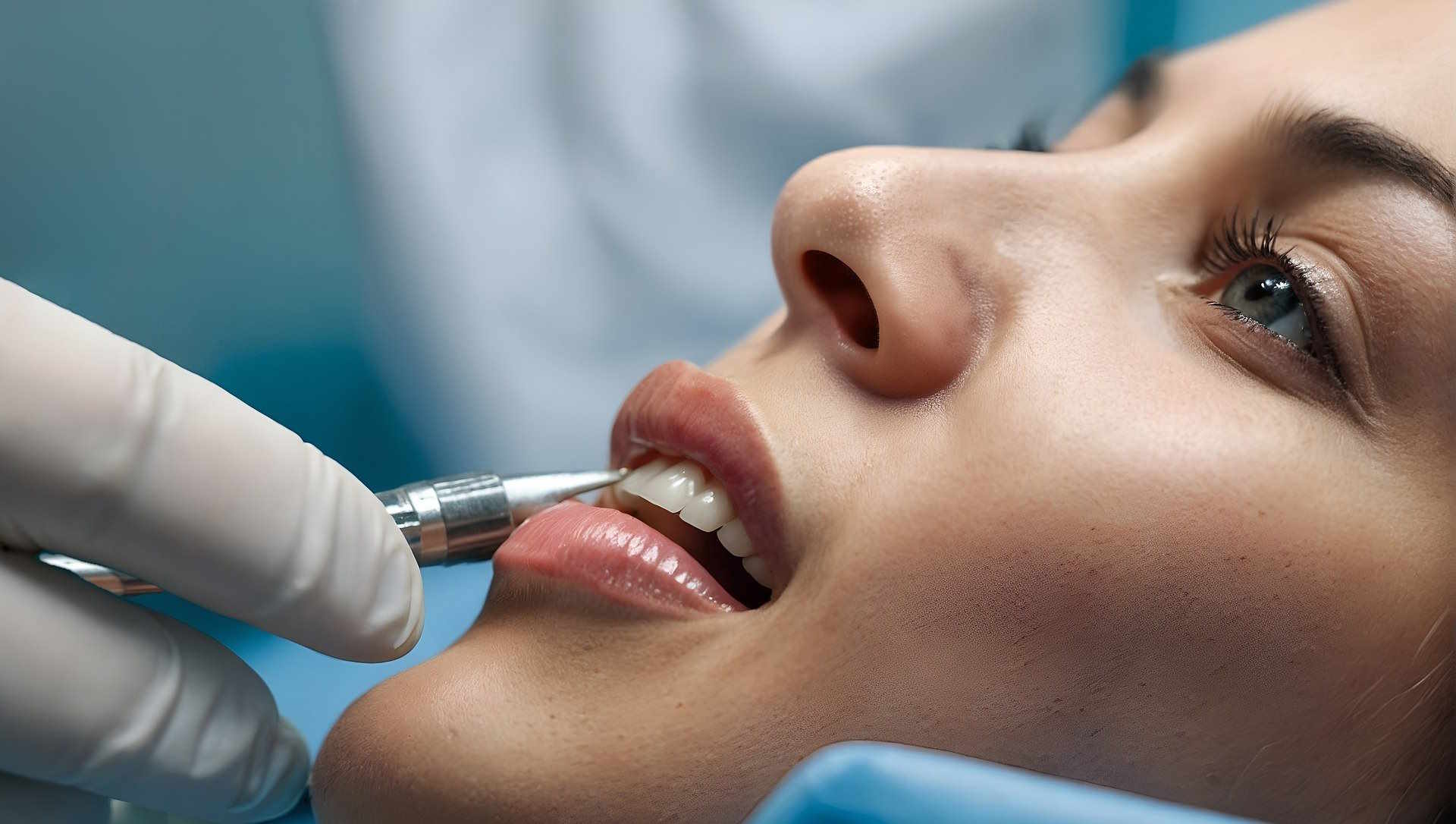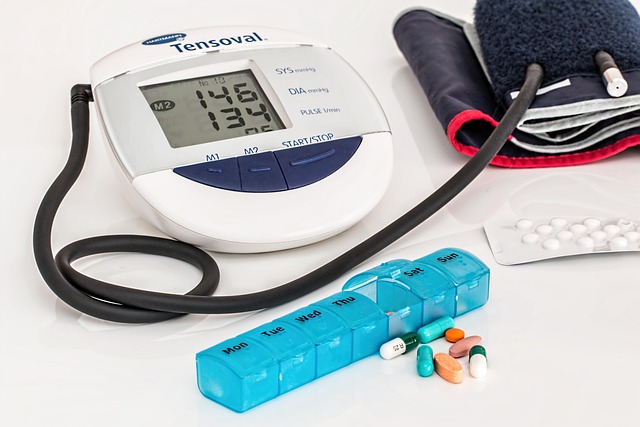Discover the Future of Dental Implants: Screwless Solutions
If you've been considering dental implants but are concerned about cost, recovery time, or invasive procedures, screwless dental implants may be worth exploring. These systems use alternative attachment methods that can offer benefits such as reduced chair time, simplified restoration steps, and potential comfort improvements for some patients. Suitability, outcomes, and costs vary by individual case; consult a dental professional for personalized advice about clinical fit, pricing, and insurance considerations before making a decision.

The dental implant industry has witnessed remarkable technological progress over recent decades, transforming how missing teeth are replaced. Among these innovations, screwless dental implants have emerged as a promising alternative to conventional screw-retained systems, attracting attention from both dental professionals and patients seeking comfortable, effective tooth replacement solutions.
What Are Screwless Dental Implants?
Screwless dental implants represent a departure from traditional implant designs that rely on screws to secure the prosthetic tooth to the implant fixture. Instead of using a screw mechanism, these systems employ alternative attachment methods such as cement bonding, friction-fit connections, or specialized locking mechanisms. The implant post is still surgically placed into the jawbone, but the crown attachment process differs fundamentally from screw-retained approaches. This design eliminates the access hole typically required in screw-retained crowns, potentially improving aesthetics and reducing mechanical complications. The technology builds upon decades of implant research while addressing specific limitations observed in traditional systems.
Why Are Screwless Implants Becoming a Popular Choice?
Several factors contribute to the growing interest in screwless implant systems among dental professionals and patients. The elimination of screw-related complications, such as screw loosening or fracture, represents a significant advantage. Traditional screw-retained implants occasionally experience mechanical failures that require maintenance visits and adjustments. Screwless designs also offer aesthetic benefits, as they eliminate the occlusal access hole needed for screw placement, resulting in more natural-looking restorations. Additionally, the cementation process used in many screwless systems is familiar to dentists, potentially simplifying the restoration procedure. Patients appreciate the reduced need for follow-up adjustments and the potentially lower maintenance requirements associated with these systems.
How Do Screwless Implants Work?
The functionality of screwless dental implants centers on alternative retention mechanisms that secure the prosthetic crown to the implant abutment. Cement-retained systems use dental cement to bond the crown permanently to the abutment, similar to traditional crown cementation on natural teeth. Some designs incorporate friction-fit or press-fit connections where the crown is pressed onto the abutment with precise tolerances creating a secure hold. Advanced locking mechanisms in certain systems provide retrievability without screws, using specialized tools to engage and disengage the restoration. The implant fixture itself integrates with the jawbone through osseointegration, the same biological process used in traditional implants. This integration typically takes several months, after which the final restoration is attached using the screwless retention method.
The Key Benefits of Screwless Dental Implants
Screwless dental implants offer multiple advantages that make them attractive options for specific clinical situations. The absence of an occlusal access hole improves the aesthetic appearance of the final restoration, particularly important for front teeth where appearance matters most. Mechanical complications associated with screws, including loosening and fracture, are eliminated entirely. The simplified restoration process can reduce chair time and potentially lower overall treatment complexity. Some patients report increased comfort knowing there are no screws that might require periodic tightening. The solid occlusal surface without access holes may also provide better structural integrity in certain cases. However, retrievability can be more challenging with cemented restorations compared to screw-retained options, which represents a consideration for long-term maintenance planning.
Comparing Screwless and Traditional Dental Implants
Understanding the differences between screwless and traditional screw-retained implants helps patients and dentists select the most appropriate system for individual cases. Both approaches have proven successful in clinical practice, with selection often depending on specific anatomical considerations, aesthetic requirements, and patient preferences.
| Feature | Screwless Implants | Traditional Screw-Retained Implants |
|---|---|---|
| Retention Method | Cement or friction-fit | Screw mechanism |
| Aesthetic Appearance | No occlusal access hole | Visible access hole (filled) |
| Retrievability | More difficult (cemented) | Easier removal for maintenance |
| Mechanical Complications | No screw loosening/fracture | Potential screw issues |
| Maintenance Requirements | Generally lower | Periodic screw tightening may be needed |
| Clinical Familiarity | Similar to traditional crowns | Requires specific technique |
Prices, rates, or cost estimates mentioned in this article are based on the latest available information but may change over time. Independent research is advised before making financial decisions.
Considerations for Choosing Screwless Implants
Selecting between screwless and traditional implant systems requires careful evaluation of individual circumstances. Aesthetic zones, particularly front teeth, may benefit more from screwless designs due to the absence of visible access holes. Patients with histories of screw complications in previous implants might find screwless options more suitable. However, situations requiring potential future retrievability for maintenance or repair may favor screw-retained systems. Bone quality, implant position, and occlusal forces all influence the decision-making process. Consulting with an experienced implant dentist ensures the chosen system aligns with specific clinical needs and long-term expectations. Both technologies continue advancing, with ongoing research refining techniques and expanding appropriate applications for each approach.
The evolution of dental implant technology continues providing patients with increasingly sophisticated options for tooth replacement. Screwless dental implants represent one pathway in this ongoing development, offering specific advantages in aesthetics, mechanical reliability, and simplified restoration procedures. As with any dental treatment, individual assessment and professional guidance remain essential for achieving optimal outcomes and long-term satisfaction with implant restorations.




